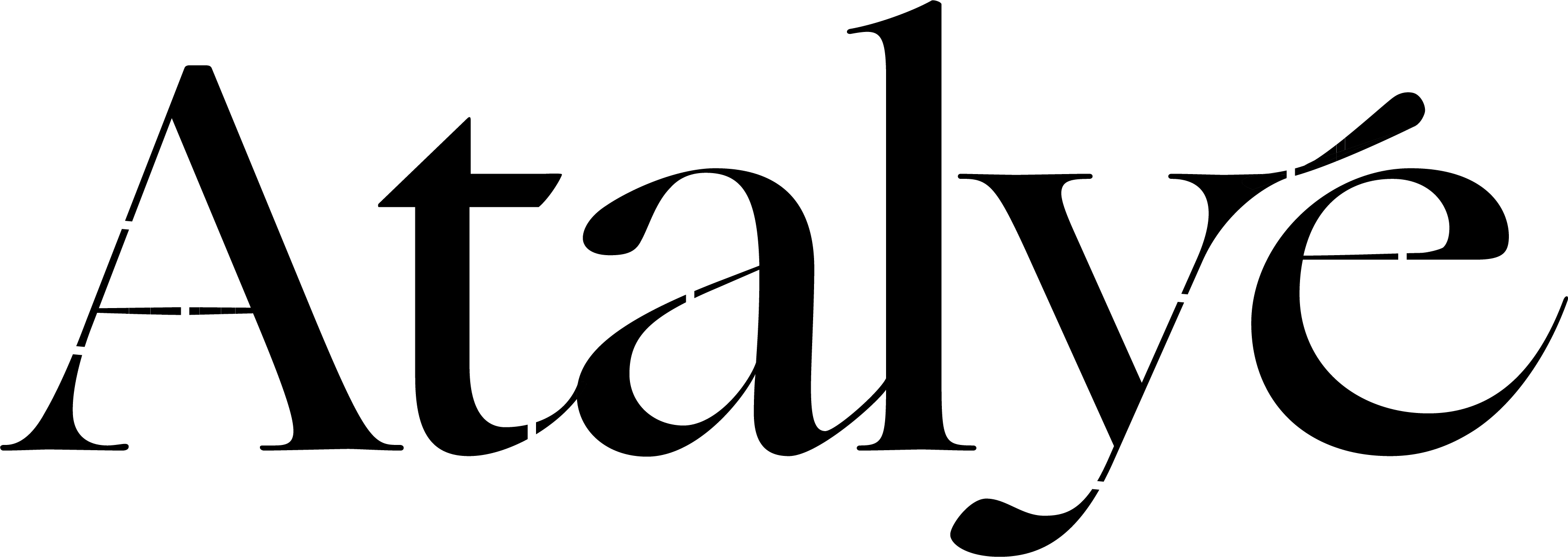The problem with today's traditional sizing system
So we start again where we left off last week.
Clothing fit has been proven to be the most important element determining consumers’ overall satisfaction with the garments. However, previous research has shown that 62% of women did not find clothing that fit them well, and 57% of women did not fit into today’s standardized sizes.
In the twentieth century, the United States and Europe conducted anthropometric measurements throughout their population to acquire individuals’ body measurements. National surveys were sent and data was collected creating an excellent source of information to develop an accurate sizing system and design garments according to these measurements. Due to excessive costs of this research, this sort of studies has been abandoned today.
Today, these anthropometric dimensions are now outdated. The modern human’s shape and proportions have changed due to improved living conditions, physical activity habits changing, and better medical care. Fashion designers, brands and manufactures are now forced to create their own industry sizing tables . Therefore, clothing from different manufactures with the same size’s symbol differ considerably in dimensions. The diversity of table sizes of garments within the fashion industry creates confusion to select the correct size for the consumers when buying apparel.
Inconsistent sizes not only confuse the consumers and create frustration during their purchasing experience, it also causes them to return the clothing they have purchased. Today, 72% of shoppers use fit predictors and size charts to order clothes online and 37% buys more than one size of the same garment in order to receive the right size. 5 billion pounds of waste is caused by apparel returns each year, adding 15 million metric tons of carbon dioxide to the atmosphere.
So to summarize, today’s standardized fit and size system is based on an incongruent relationship between the garment and the human body. This lack of consideration of the changing human during different life stages is the primary reasons for disposing clothing and creating post consumer waste due clothing no longer fitting the consumer’s body.
We are also now living in a society more sensitive to body positivity and inclusivity. We understand that an average of the typical beauty standards cannot cater to many individuals and therefore creates industry waste. At atalyé our solution is using our 3D body scanning fitting room to get the customer’s exact measurements. Based on those, we can create the perfect fitted dress. Of course, this is possible because we are sustainable fashion brand that is producing locally. We are trying it out, and hopefully will find out that this can be scaled for larger companies that have more impact than us environmentally.
Next week we will take a look at the psychological impact this traditional sizing also has on customers, more specifically women. See you then ✨
Sources:
Anderson, L. J., Brannon, E. L., Ulrich, P. V., Presley, A. B., Worondka, D., Grasso, M. & Stevenson, D. (2000). Understanding fitting preferences of female consumers: Development of an expert system to enhance accurate sizing selection. National Textile Center Annual Report, 98(8), 1-10.
Cision. (2018). Consumer to return half of online clothing purchases this holiday season. Retrieved from https://www.prnewswire.com/news-releases/consumers-to-return-half-of-online-clothing- purchases-this-holiday-season-300760466.html
Cooper, T. (2013). Design for longevity: guidance on increasing clothing. Retrieved from https:// www. researchgate.net/publication/313479112_Design_for_Longevity_Guidance_on_Increasing_ the_Active_ Life_of_Clothing
Huckabay, D. A. (1992). Perceived body cathexis and garment fit and style proportion problems of petite women. (Unpublished master’s thesis), Virginia Polytechnic Institute and State University, Blacksburg.
Pisut, G., & Connell, L. J. (2007). Fit preferences of female consumers in the USA. Journal of Fashion Marketing and Management, 11(3), 366-379.
Yu, W. (2004). Subjective assessment of clothing fit. In J. Fan, W. Yu, & L. Hunter (Eds.), Clothing appearance and fit: Science and technology (pp. 31-42). Cambridge, England: Woodhead.
Shin, E. (2013). Exploring consumer’s fit perceptions and satisfaction with apparel fit in general. Retrieved from https://lib.dr.iastate.edu/cgi/viewcontent.cgi?article=4191&context=etd


0 Comments
There are no comments yet. Be the first one to post one!